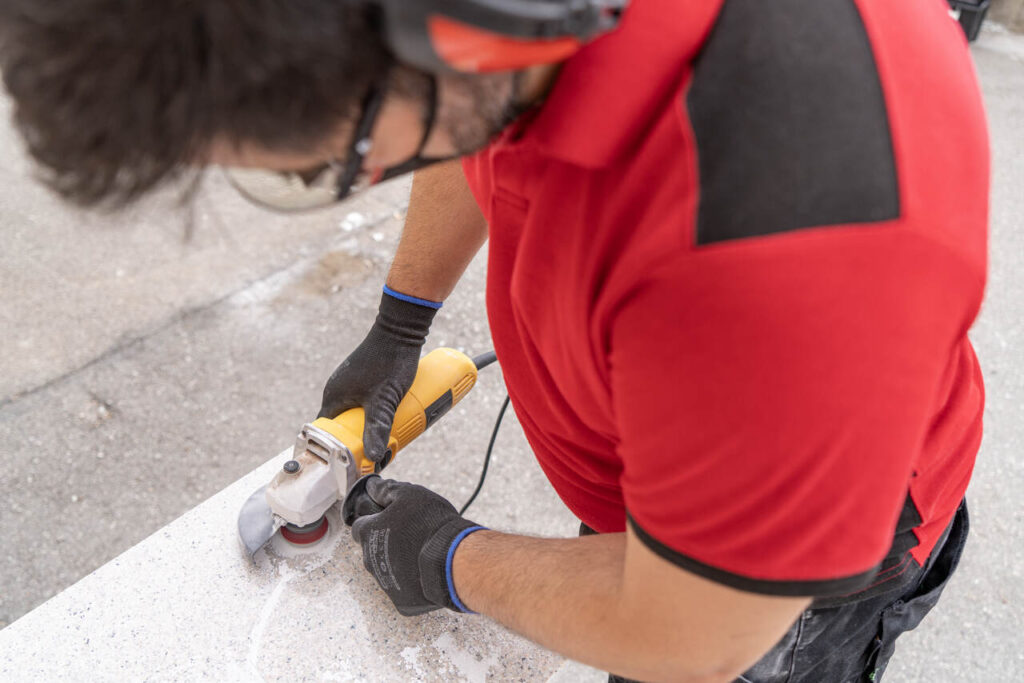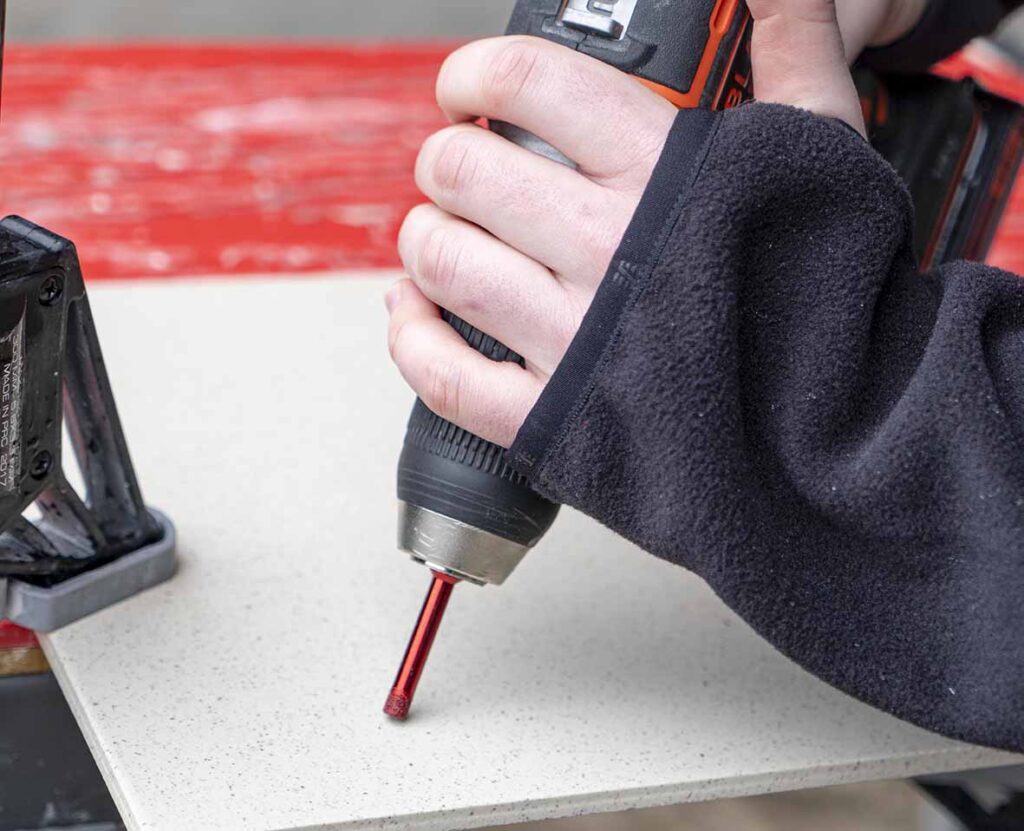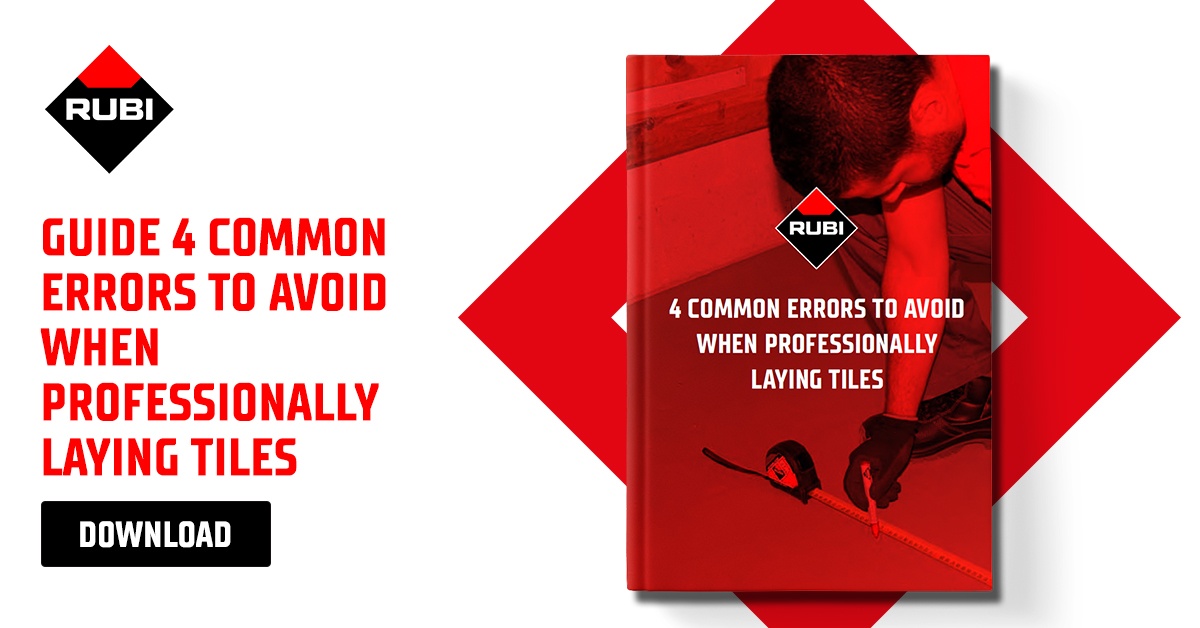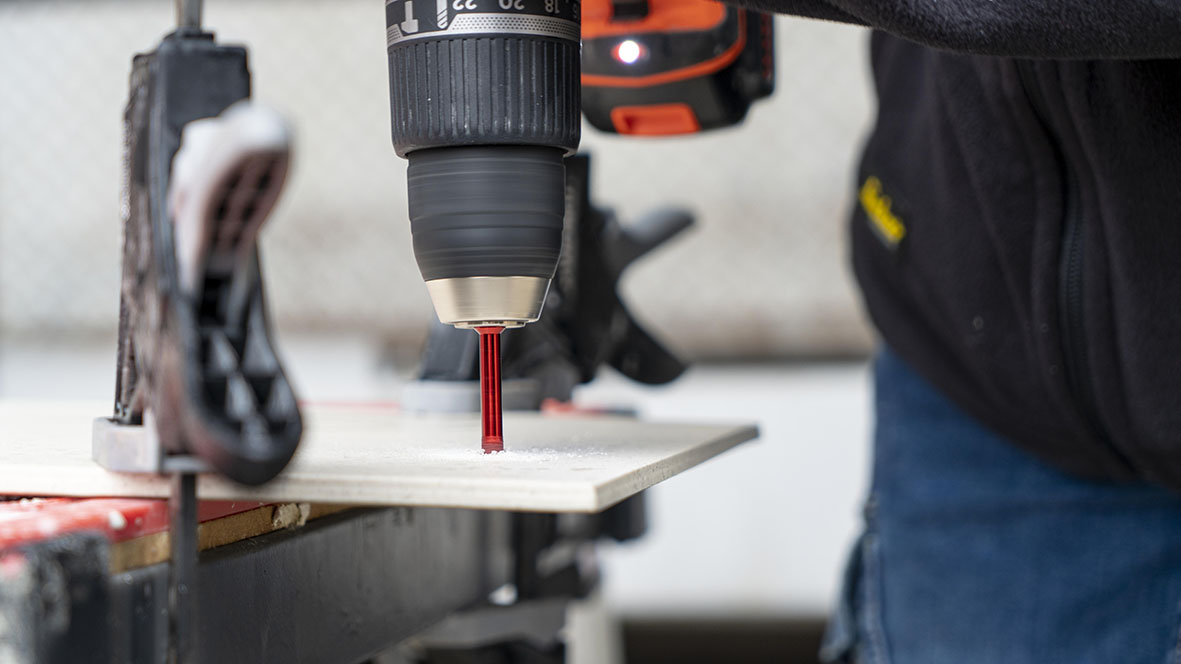Did you know about 8% of United States homes have a pool? Pools are a great luxury, especially once summer comes around, but tiling a pool deck can feel like a complex and overwhelming task. Using the right pool deck tile is vital to a safe pool deck tile installation. You also will enjoy aesthetical benefits from a pool deck with proper tiling. But how can you complete the task without professional help? If you’re interested in learning how to drill porcelain tile for your pool deck, we’re here to help. Read on to learn more about porcelain tile and how to drill it. We’ll also discuss some tips on ensuring your tiling job is stellar.


What Is Porcelain Tile?
There are many tiles you can use while tiling a pool deck, but porcelain is likely the most common. But what is porcelain tile?
These tiles vary in size and are exceptionally useful for pools. You’ll often see them around the edge of a pool, near or in the water.
The most common colors are blue, green, and white. These colors reflect light instead of absorbing it, keeping them cooler. They also match the color of your pool’s water, making the pool appear larger.
Porcelain tile isn’t the same porcelain you’ll find in a toilet or some countertops. Instead, this porcelain is high-fired clay. The process of creating porcelain makes it tough, water-resistant, and low-cost.
Why Use Porcelain Tile While Tiling a Pool Deck?
Porcelain is one of the three common materials for tiling a pool. The others include ceramic tiles and natural stone.
Why should you pick porcelain tile over other options? Are there cons to using porcelain over its competitors?
Read on for the benefits and drawbacks of using porcelain tile for your pool deck.
Benefits of Porcelain
One of the greatest benefits of porcelain is that it’s more affordable than other options.
Porcelain is mass-produced and made of inexpensive materials – water, clay, and various powders. Several factors make natural stone significantly more expensive. These factors include the difficulty of harvesting and shaping natural stone and the expense of transporting and processing it.
Ceramic tiles use clay, talc, and sand. They’re lightweight, easy to use, and inexpensive as well. However, while the upfront cost is similar, these tiles have several downsides.
For example, porcelain is more water-resistant than ceramic tiles. They’re also more damage resistant, making them less likely to crack or break. While ceramic is similar in cost at first, the costs of maintaining, replacing, or cleaning them make them more expensive over time.
Finally, porcelain tiles also have an aesthetic that most pool owners prefer. Natural stone is often dark or has naturally occurring blemishes. Ceramics are often brown or tan and can have an abrasive surface.
Cons of Porcelain
While porcelain is the top pick, that isn’t to say that there are no drawbacks.
Though porcelain is a better value in the long term, the short-term costs are higher. If you only look at the upfront cost of purchasing porcelain, it’s more expensive than some types of cheaper natural stone or ceramics. As such, house flippers prefer not to use porcelain, as it can make renovations cost more.
Additionally, the pool area is best for porcelain if it’s completely level. If you have differences in elevation or steps, there are better choices than porcelain.
Third, porcelain has a smooth, glossy surface. As such, it’s slipperier than other options, which can become a safety risk. Some people prefer not to have slippery surfaces around water, especially since porcelain is significantly more slippery if it’s wet.
One workaround to this issue is to have outdoor walkways that aren’t porcelain while the rest of the deck uses porcelain tiles. By doing so, you have designated areas that are safer and more comfortable to walk on. However, the risk remains if someone needs to walk across the porcelain with wet feet.
These issues are relatively minor and do not overshadow the many upsides of porcelain. To learn how to drill porcelain tile, read on.

How to Drill Porcelain Tile
Now that we better understand why people prefer porcelain when tiling a pool deck, how can you complete the task? Here are the steps to drilling your porcelain pool deck tile.
Use the Right Tools
The first step is to ensure you have the right tools. Porcelain is strong and durable, which is an upside once it’s in place. But while drilling, you’ll need to battle this toughness.
One of the best things to use while drilling is a diamond-tipped drill bit. A standard drill bit is not strong enough to cut through porcelain.
Some non-diamond drill bits will insist they’re strong enough for the job. However, this is often marketing and won’t prove true. If your drill bit isn’t strong enough, it could slip and damage the tile, forcing you to replace and repair the damaged tiles.
To test if a drill bit is strong enough, attempt to drill through the tile away from the rest. Use a testing square of tile that you don’t intend to install. That way, you know beforehand that your drill is right.
Most drills that are strong enough will also generate an immense amount of heat through friction. Due to this issue, diamond-tipped drill bits often have a water containment piece that helps keep the bit cool. If your bit didn’t come with one, make sure you have another to use.
Measure and Mark
Once you have your tools, you should measure and mark the porcelain where you intend to drill. The old adage of “measure twice, cut once” is critical when working with porcelain. Mistakes are permanent and any damaged tiles will need replacing.
Make sure you have all the tools necessary to accurately measure and mark your drill holes. Always make marks somewhere no one will see them, such as the underside of the tile. If you can’t do so, make sure you’re using something that you can erase later.
Drill the Hole
With the mark made, all that’s left is to drill the hole. We suggest using masking tape over where you intend to drill. Doing so can increase friction and prevent your drill bit from slipping.
Make sure the drill bit’s water containment piece is full. You should have backup materials such as a bucket of cold water and a sponge to help cool it off if the containment piece isn’t enough. For example, seeing steam rising from the bit means it’s getting too hot.
Take your time, start at a low speed, and have patience. Drilling through the tough porcelain can take some time, but rushing will lead to sloppy, dangerous work.

Dry and Seal
Finally, it’s time to dry and seal the holes you’ve drilled. Dry the area using a microfiber rag or something similar.
With the area dry, use silicone sealant to spray into the holes. Doing so will waterproof them. Let the silicone set before moving them.
Tips to Keep Your Drilling Neat
How can you make sure your drilling job isn’t shoddy? Here are a few tips to make your job drilling tile a bit easier.
Don’t Compromise Your Tools
With renovation projects, it’s tempting to cut financial costs where you can. When your project is drilling tile for a pool deck, you should fight this urge.
You cannot compromise on a diamond drill bit, as others simply cannot complete the task. Similarly, buying discount or low-quality porcelain defeats the purpose of using porcelain at all. These pieces may not have the same toughness as higher-quality porcelain.
Always Measure
If you’re working on your pool deck tile for too long, you may become impatient or frustrated. At the time, you may decide to skip the measuring step and drill by eye.
Doing so can result in mismatching or poorly-done tiles. Always measure, always mark where you’re drilling, and always remain patient. If you mess up, you’ll have to restart.
Keep Tools Cool
While working, your drill bit will almost certainly overheat at least once. If you see steam, do not continue drilling.
Take a break, let your drill cool down, and sponge cold water over the drill bit. Don’t let any water get into the mechanized parts of your drill. Practice proper safety methods to make sure you aren’t injured while drilling.
Constant Pressure
During the drilling, keep a steady, constant pressure on your drill. If you push too hard, you may crack the tile or damage the drill bit. Not pushing hard enough will have your drill bit spinning without the force to break through.
Drilling Tile For Your Pool Deck
Learning how to drill porcelain tile can take some practice, but don’t lose patience. Make sure you have the right tools for the job and treat them carefully. Work safely and don’t rush the job or you may need to restart.
For more informative reads about drilling tile and renovating your home, be sure to contact us. We’re happy to help with your renovations and give you more tiling ideas to make your home perfect.



Post a comment